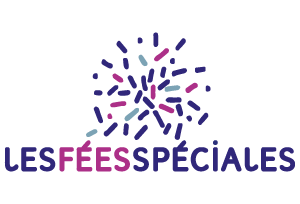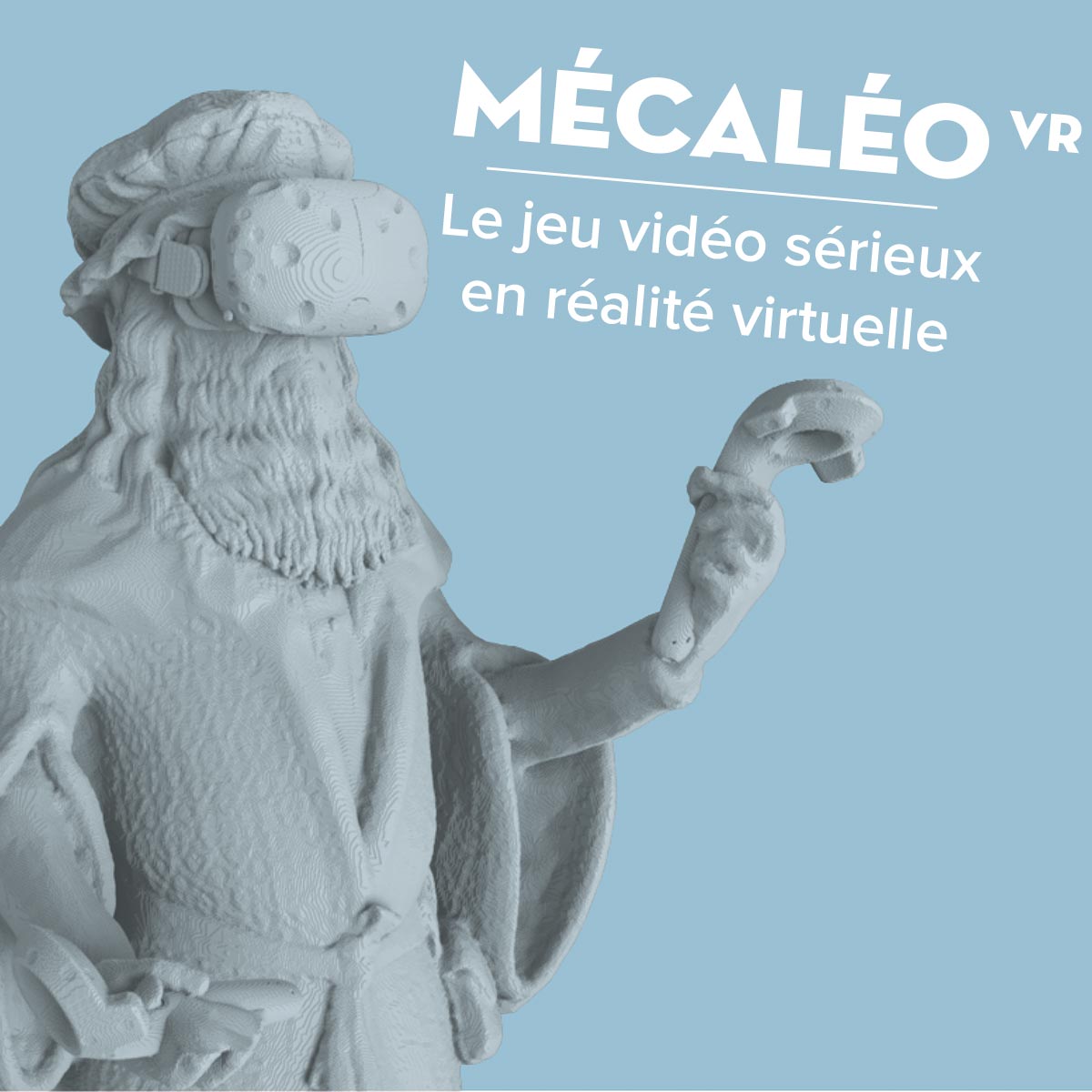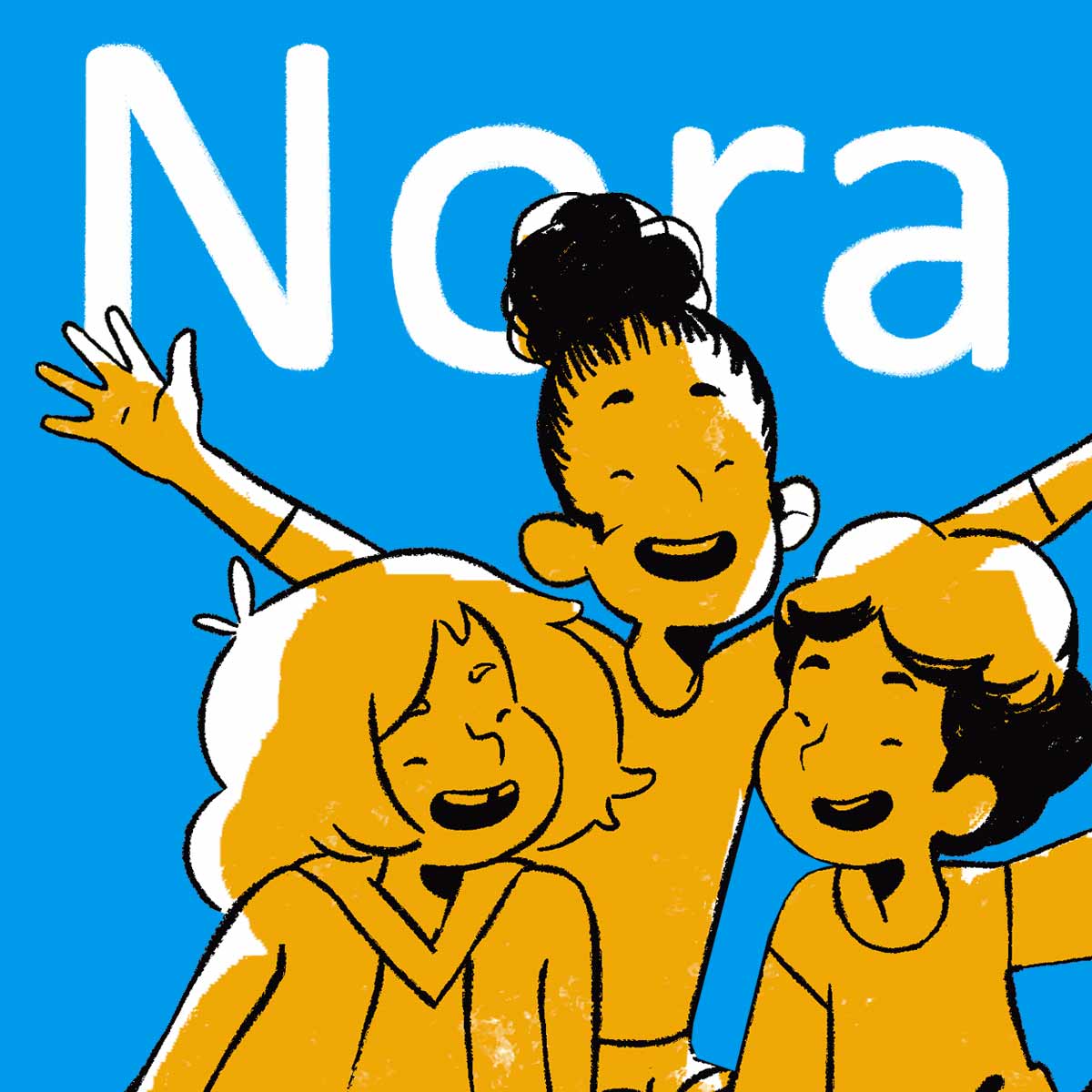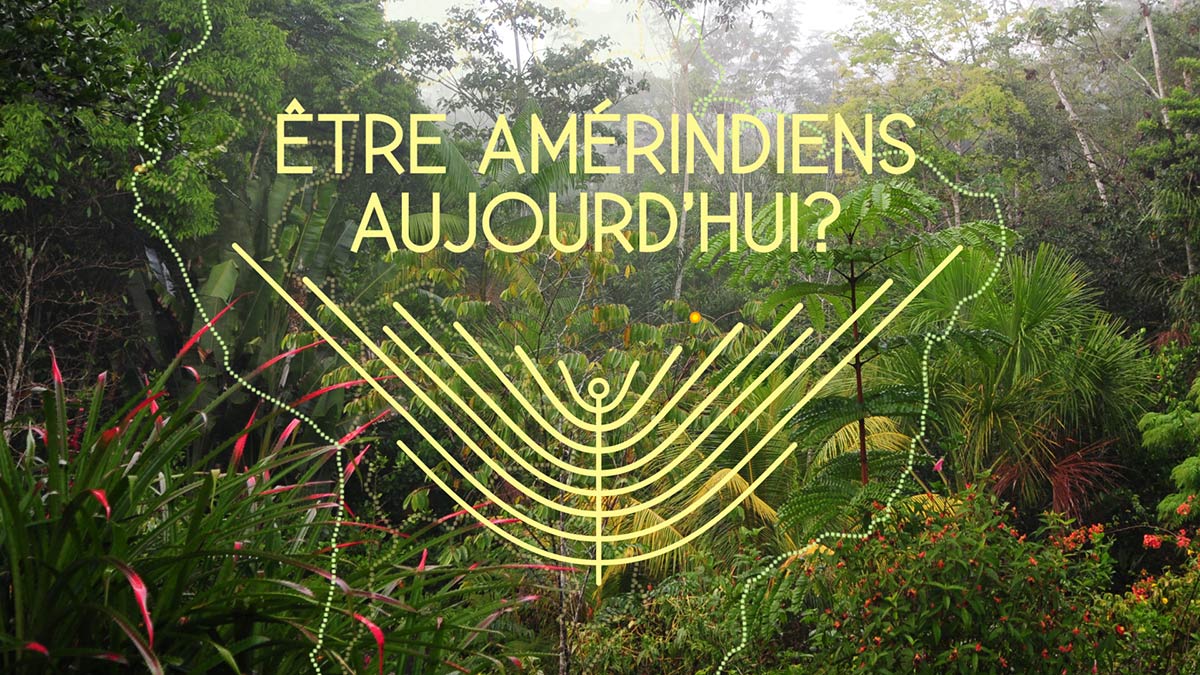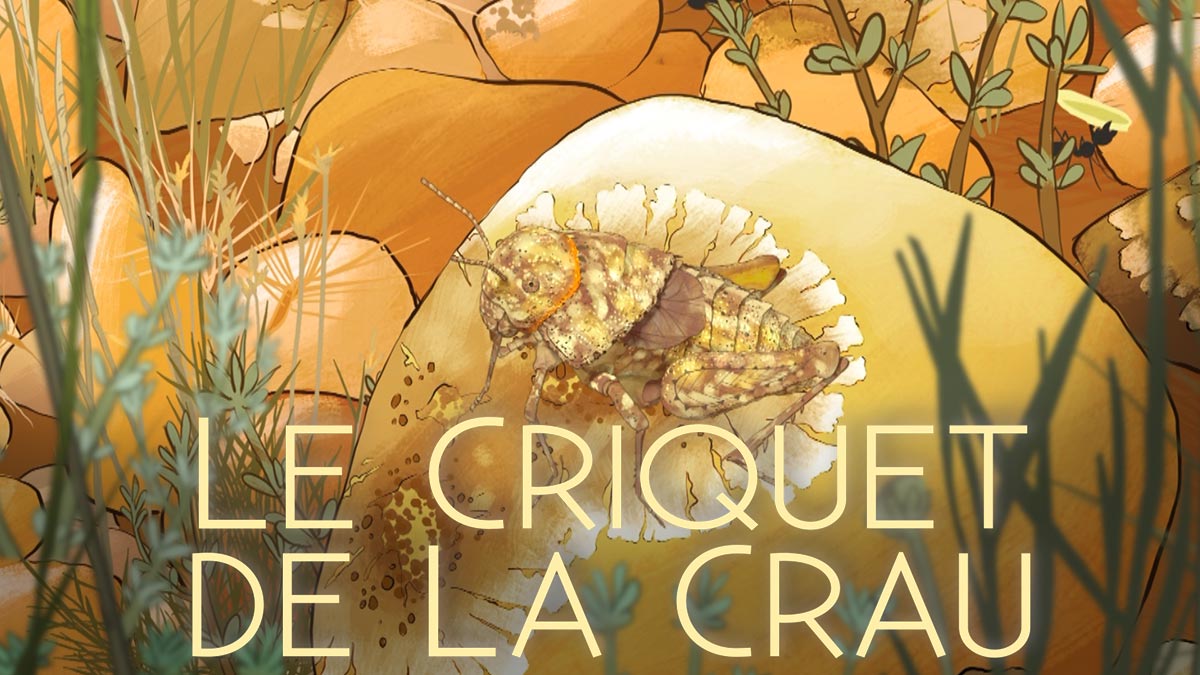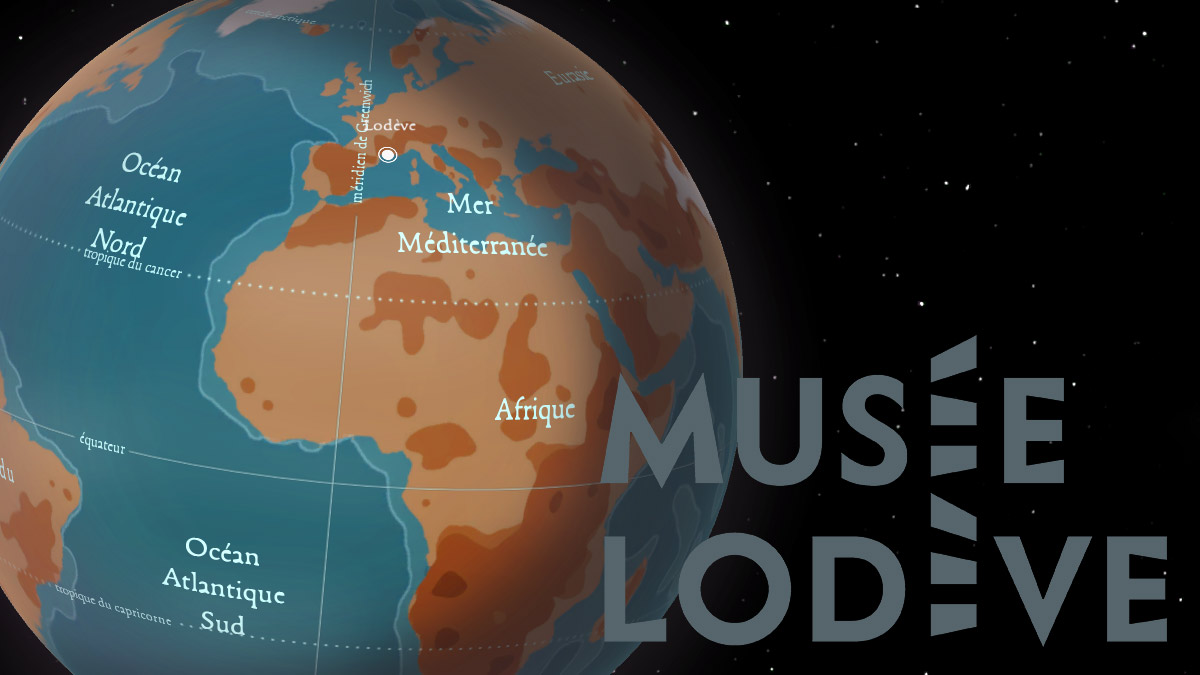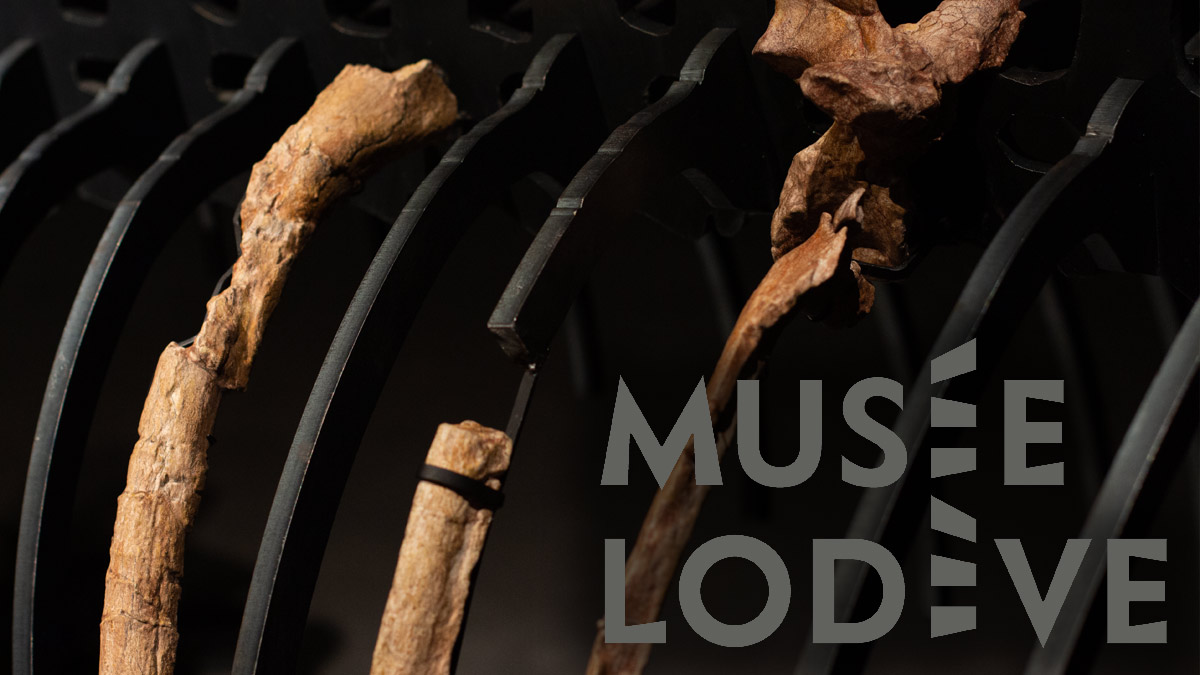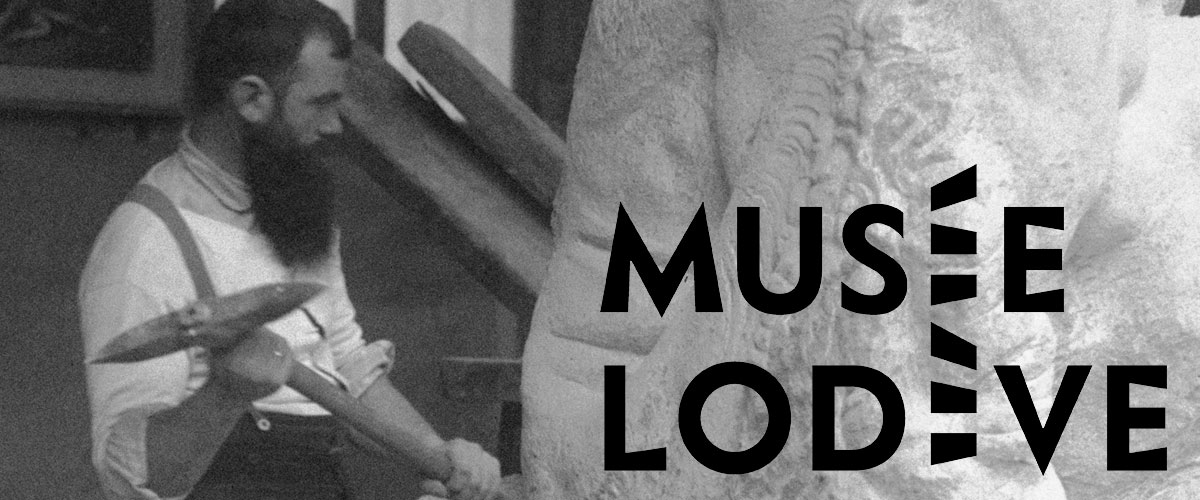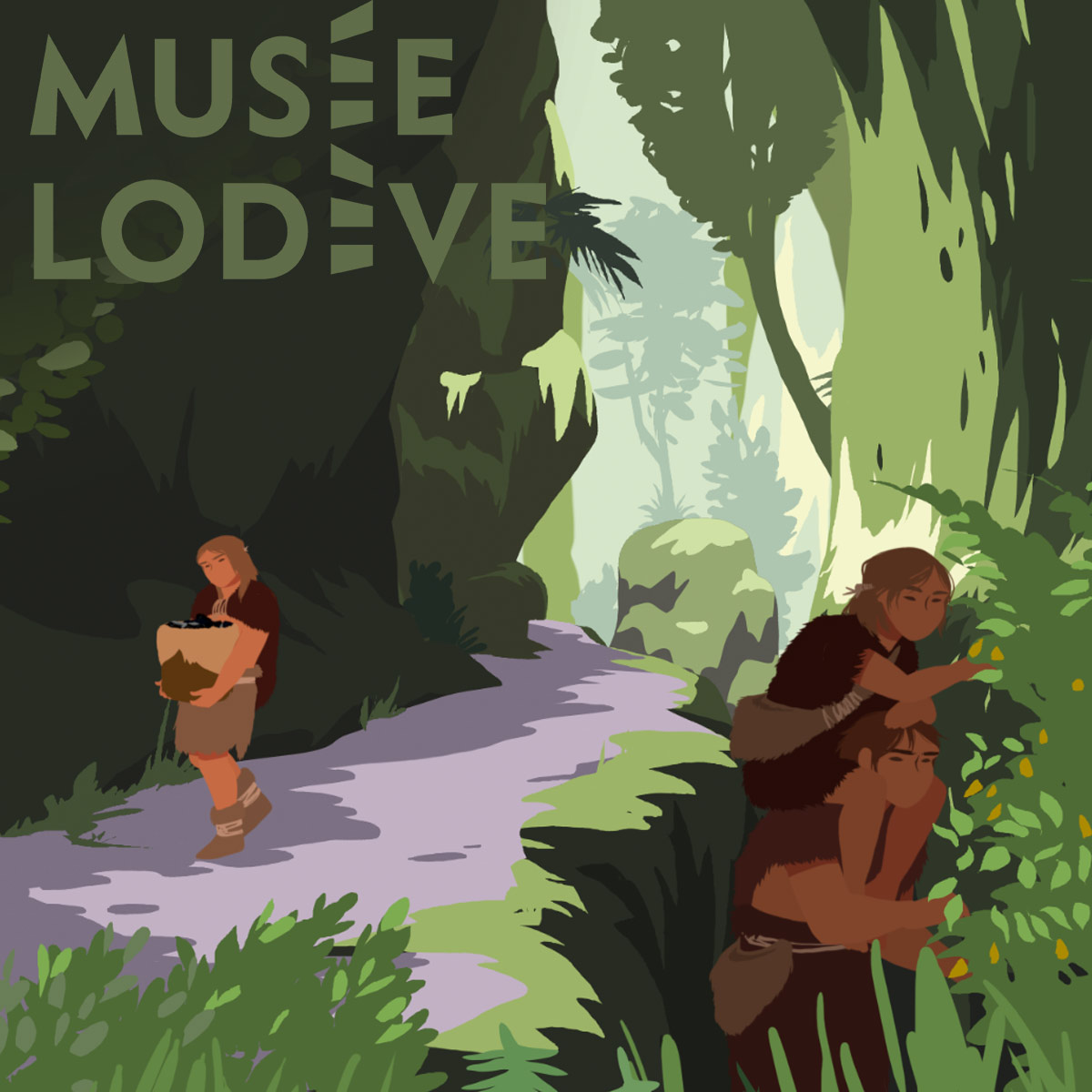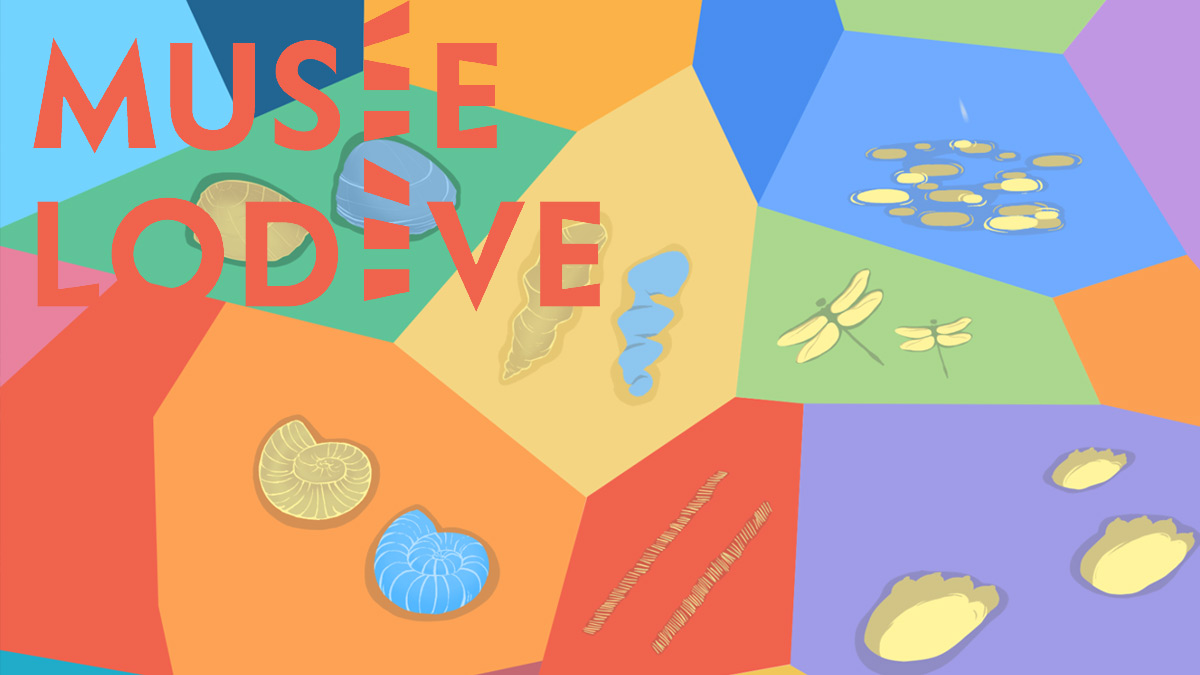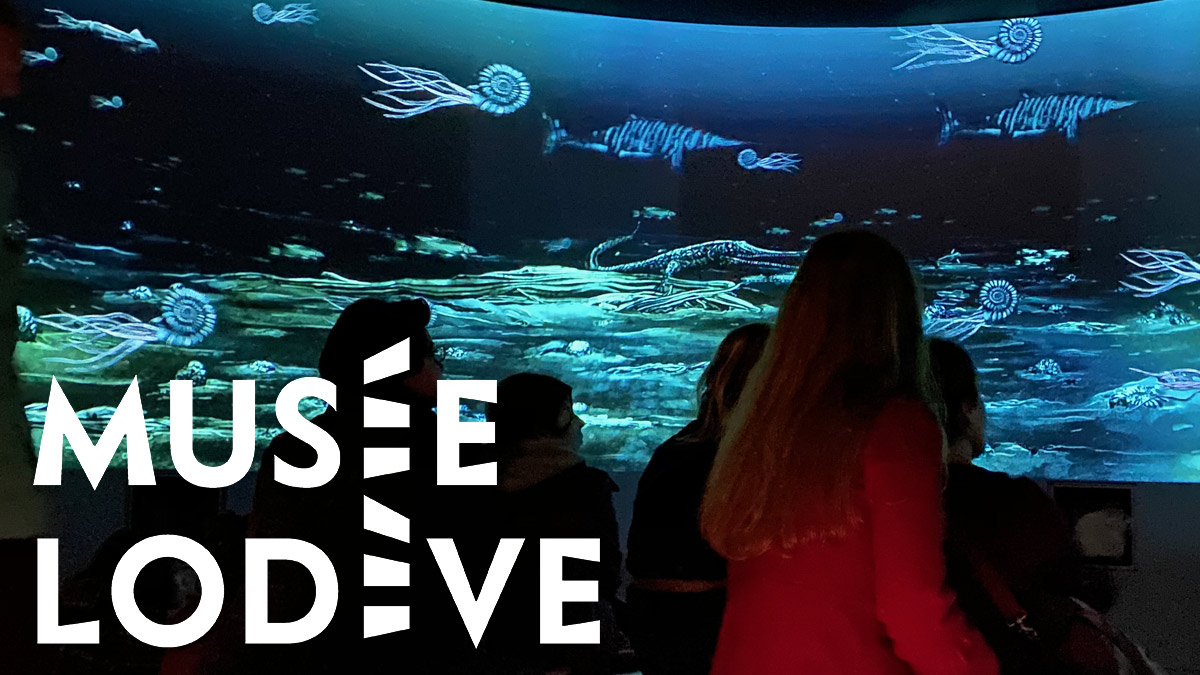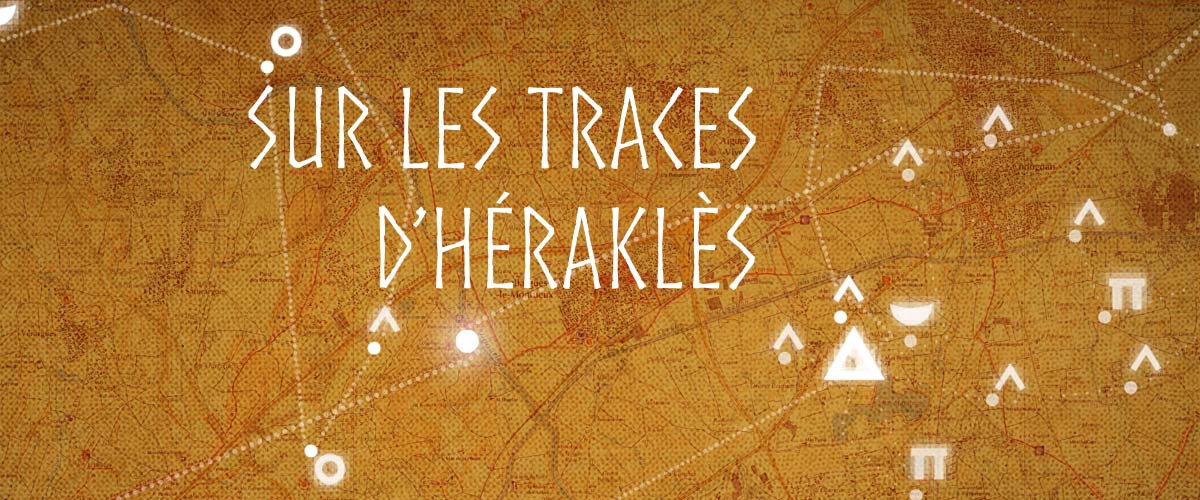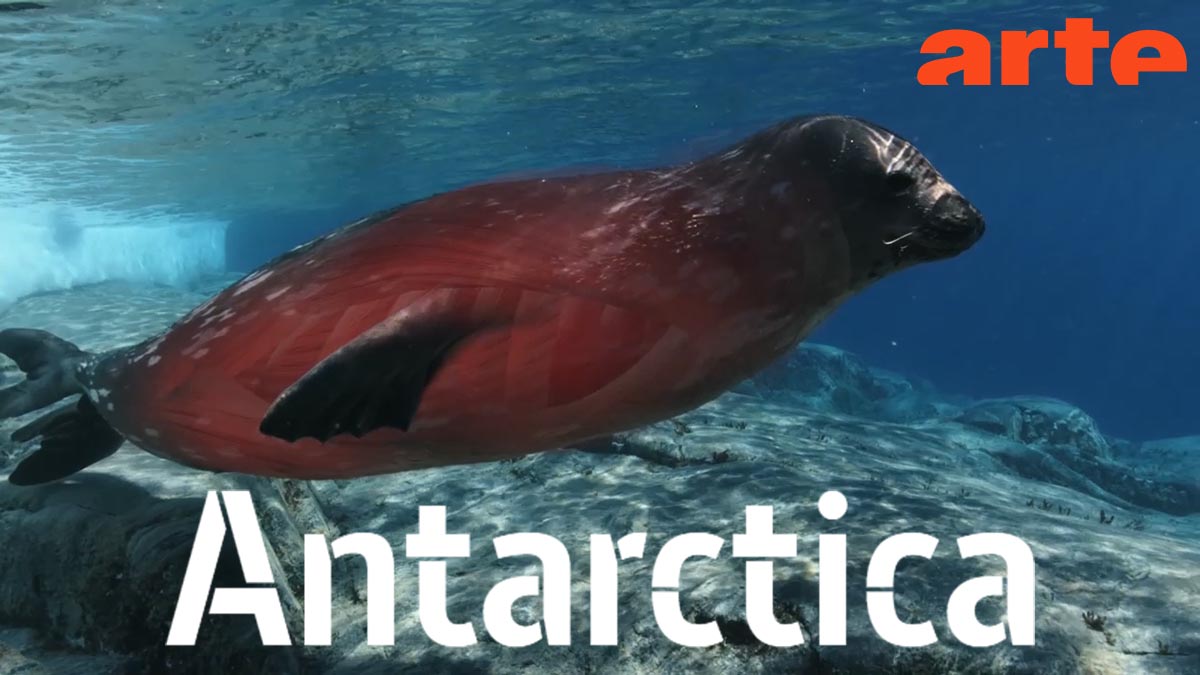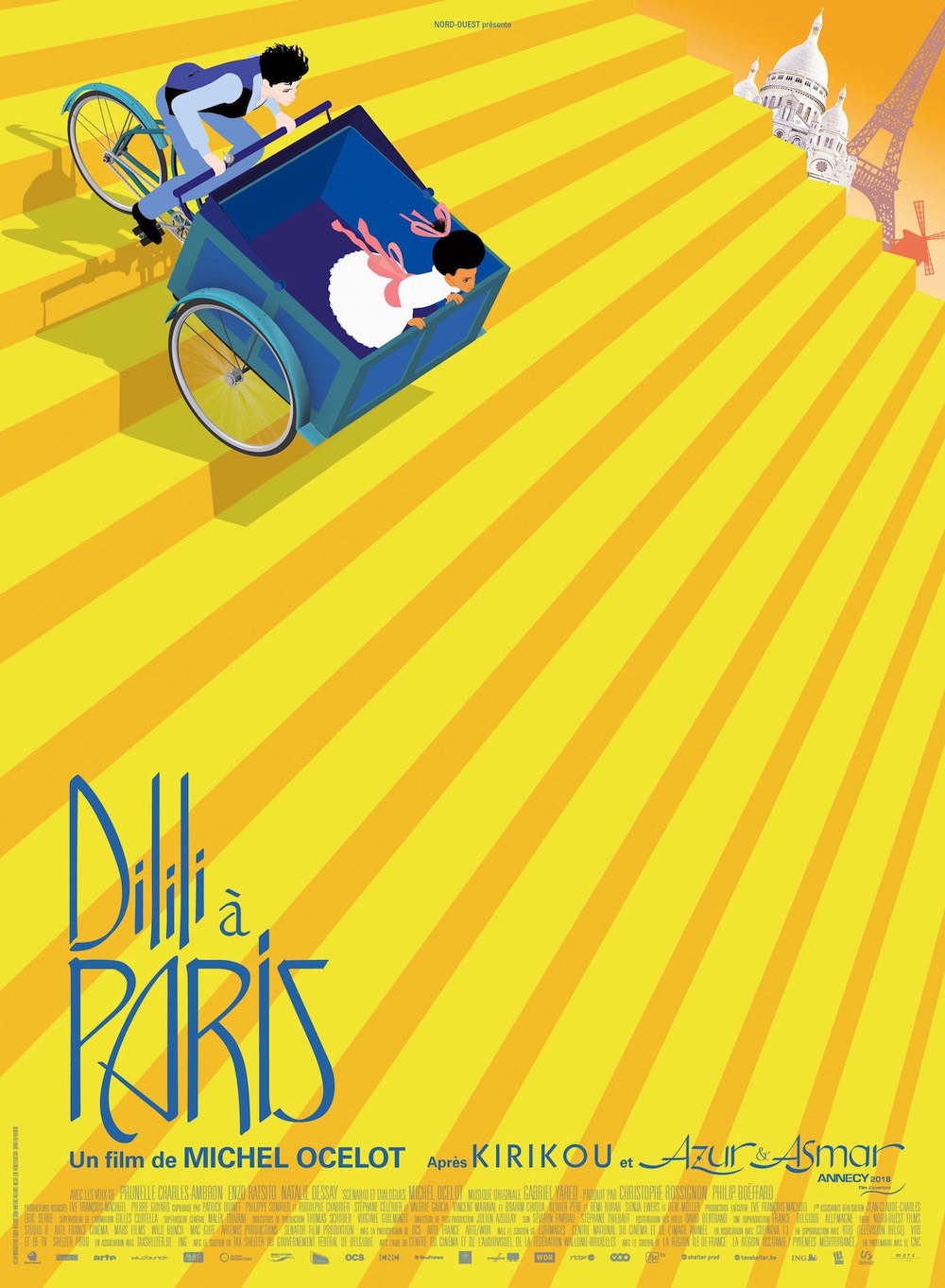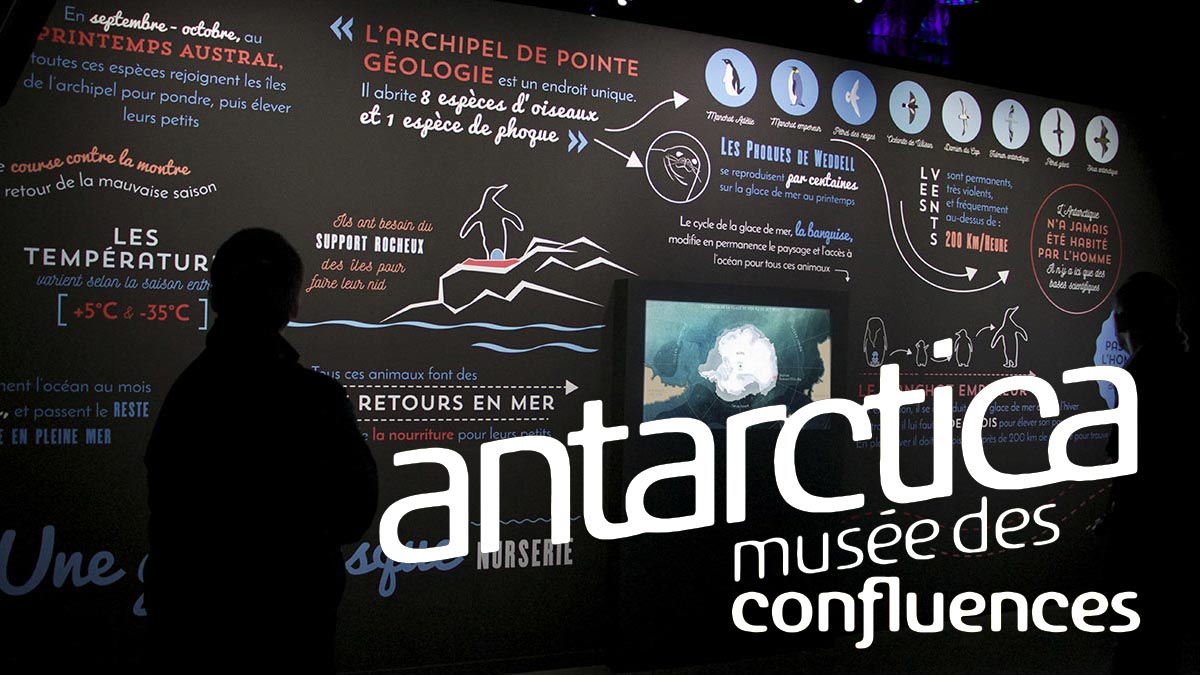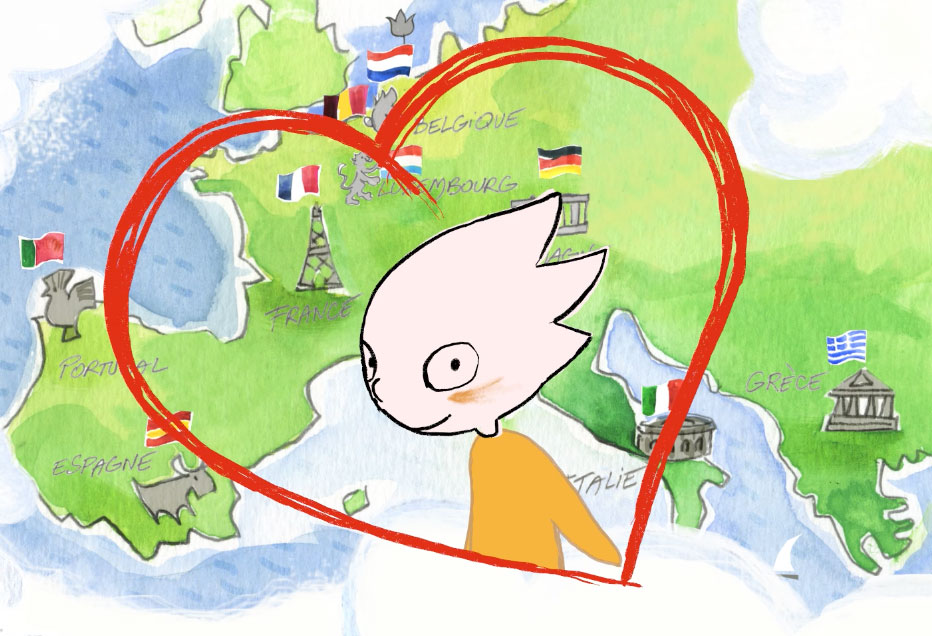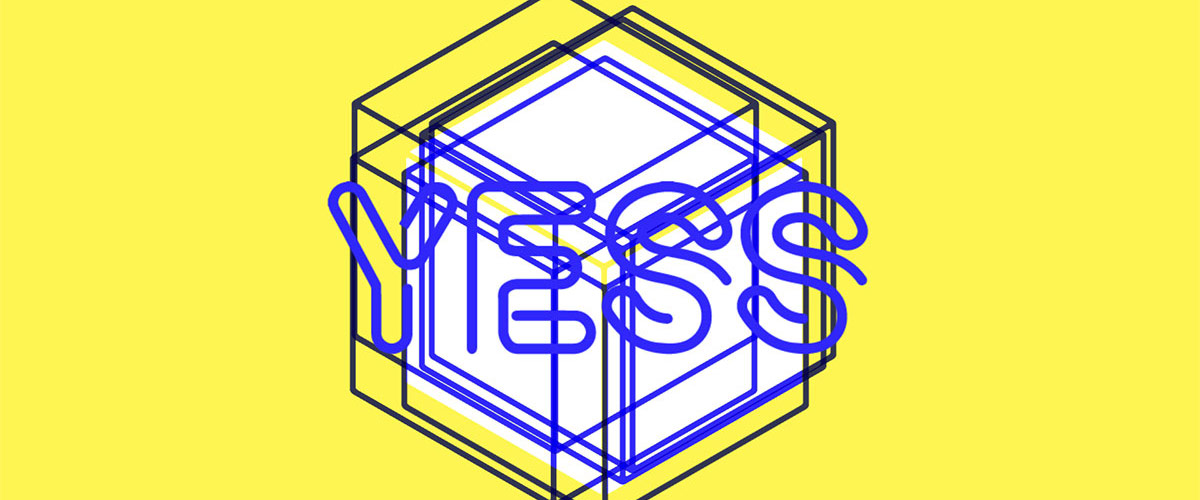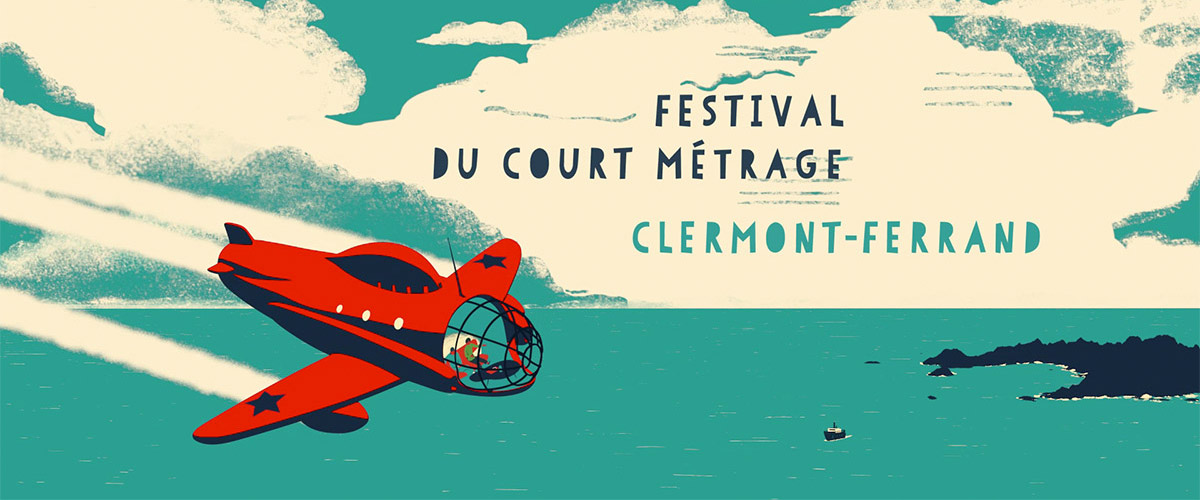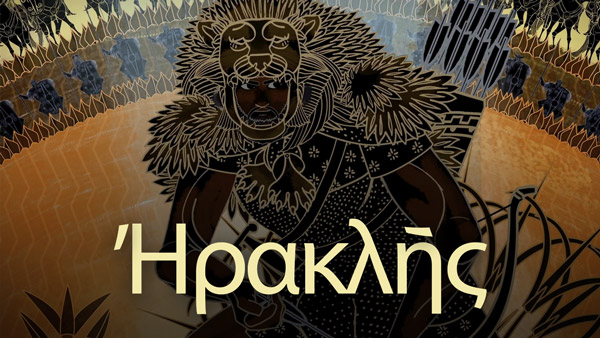15 Juil MecaLeo
[vc_row css_animation="" row_type="row" use_row_as_full_screen_section="no" type="full_width" angled_section="no" text_align="left" background_image_as_pattern="without_pattern"][vc_column width="2/3"][vc_column_text] Teaser [vc_video link="https://vimeo.com/364735170"] Images from MécaLéo [vc_gallery interval="3" images="4012,4011,4010,4009,4008" img_size="full"] ©Université de Tours/CNRS Mecaleo©Intelligence des Patrimoines [/vc_column_text][/vc_column][vc_column width="1/3"][vc_column_text]An immersive and interactive discovery of Leonardo da Vinci's machines This is a serious virtual reality video game that plunges you into the Renaissance period to discover how the famous machines designed by Léonard de Vinci worked. It’s a Renaissance Transmédia Lab project jointly developed by the Centre d’études supérieur de la Renaissance (CESR) and the Intelligence des Patrimoines research programme. We produced the final version of the game using a pre-existing development. We also completed the portrayal of all the 3D content (décor, machines, etc.) and created all the project’s game play features before adding a web version of the game. Credits: Mediation support developed with the contribution of Les Fées Spéciales, as part of the ARD Intelligence des Patrimoines program funded by the Center-Val de Loire region. ARD Intelligence des Patrimoines Scientific supervisor: Pascal BRIOIST (Professeur des universités) Production manager: Benoist Pierre Coordinator: Morgane Chaumier Project manager: Emmanuel Barreau Scientific mediation officer: Katel Lochet IT engineers: Johann Forte, Damien Vurpillot Voice-over and voice recording: Jean-Philippe Letourneur Communications officer: Marine Bruneau Les Fées Spéciales Project manager: Duy Kevin Nguyen Co-managers: Flavio Perrez, Sophie Marron et Eric Serre Production manager: Natalène Darfeuille Developer, architecture, Game Play: Benoît Fouletier Developer, Game Design,...
